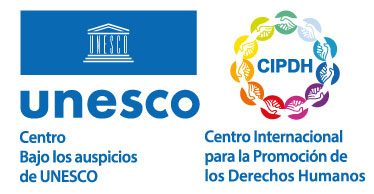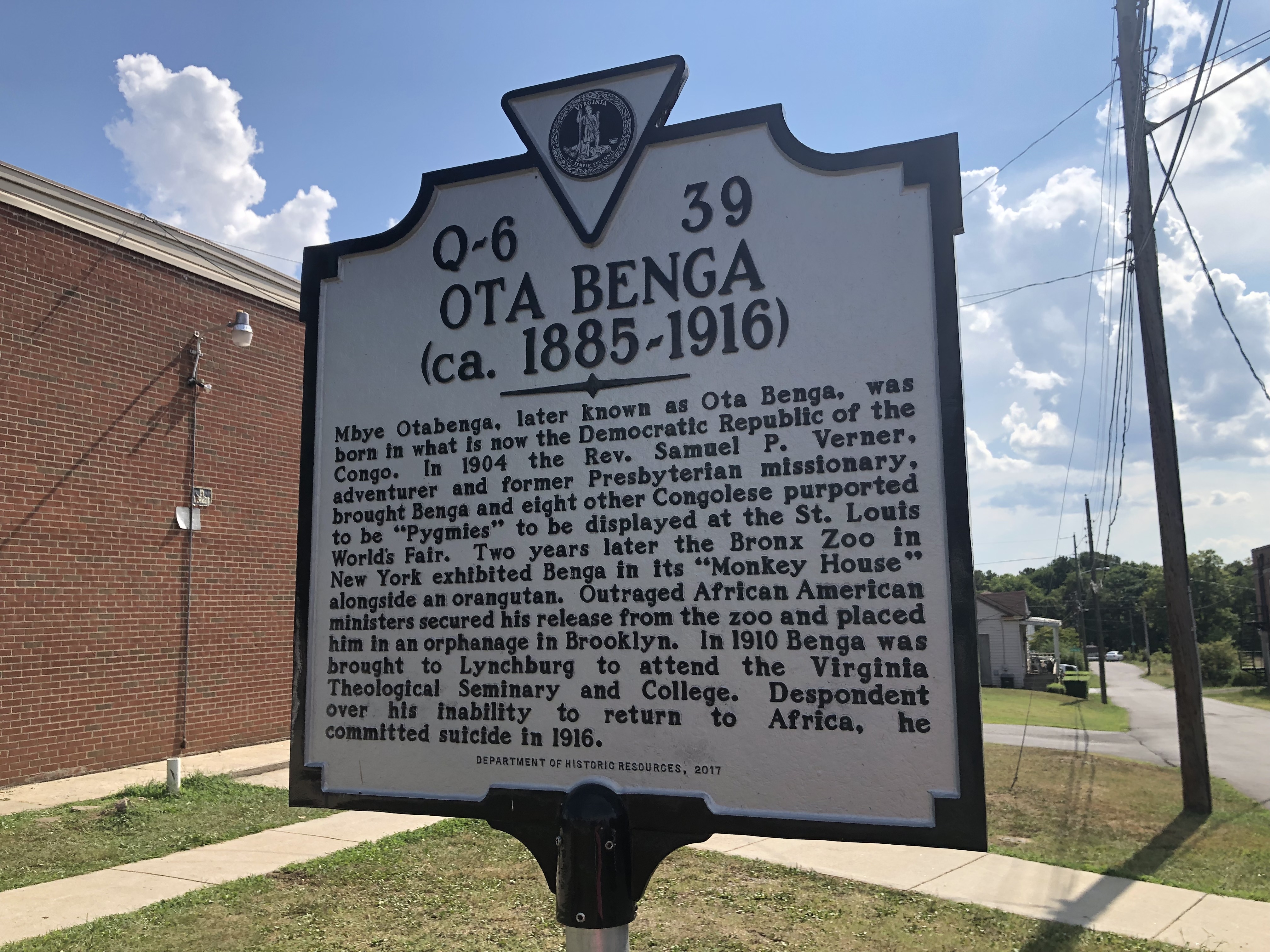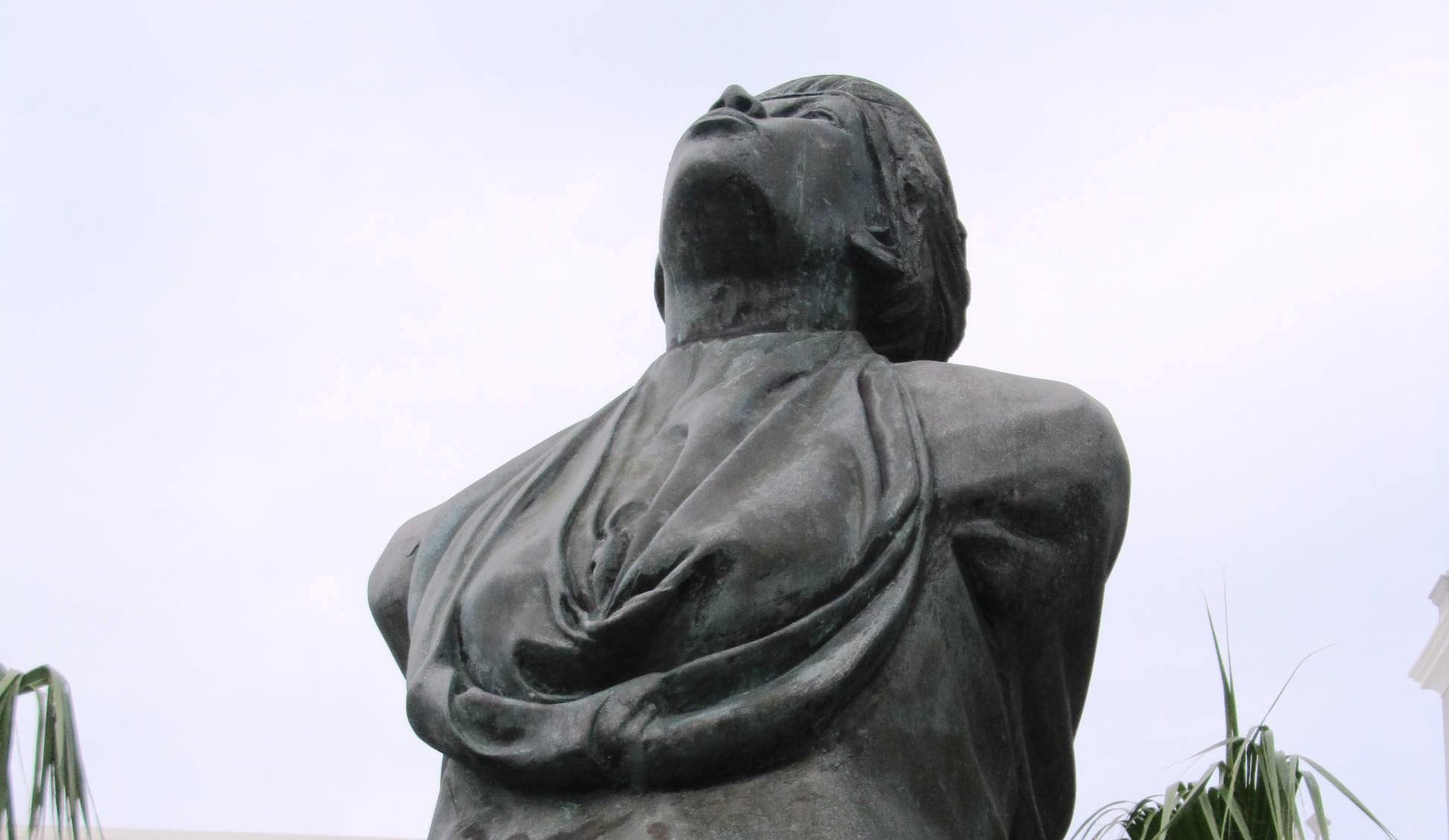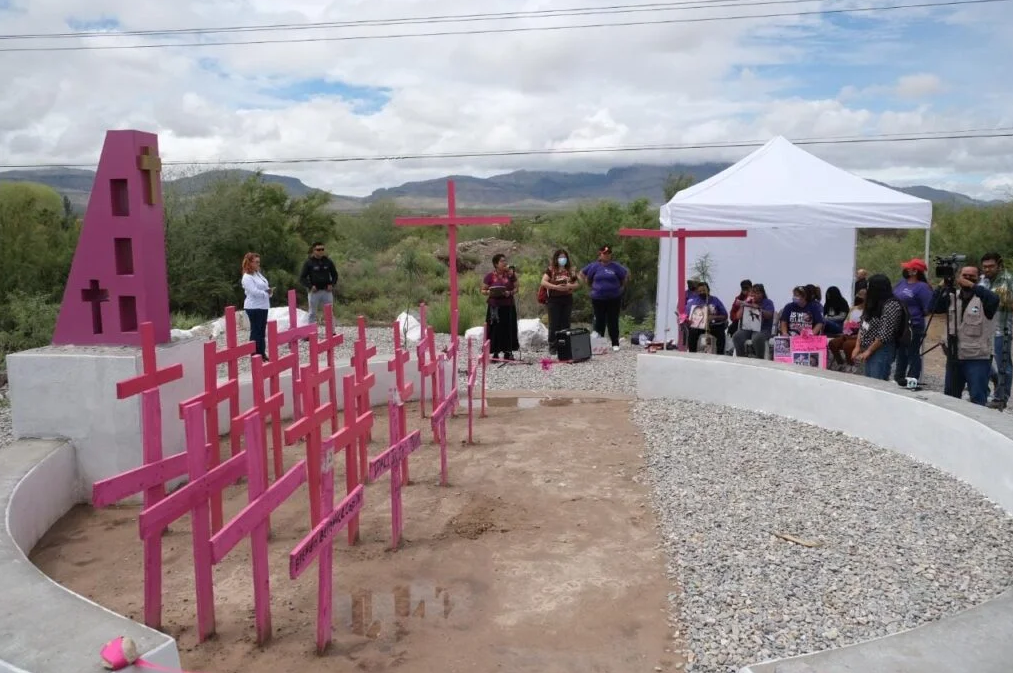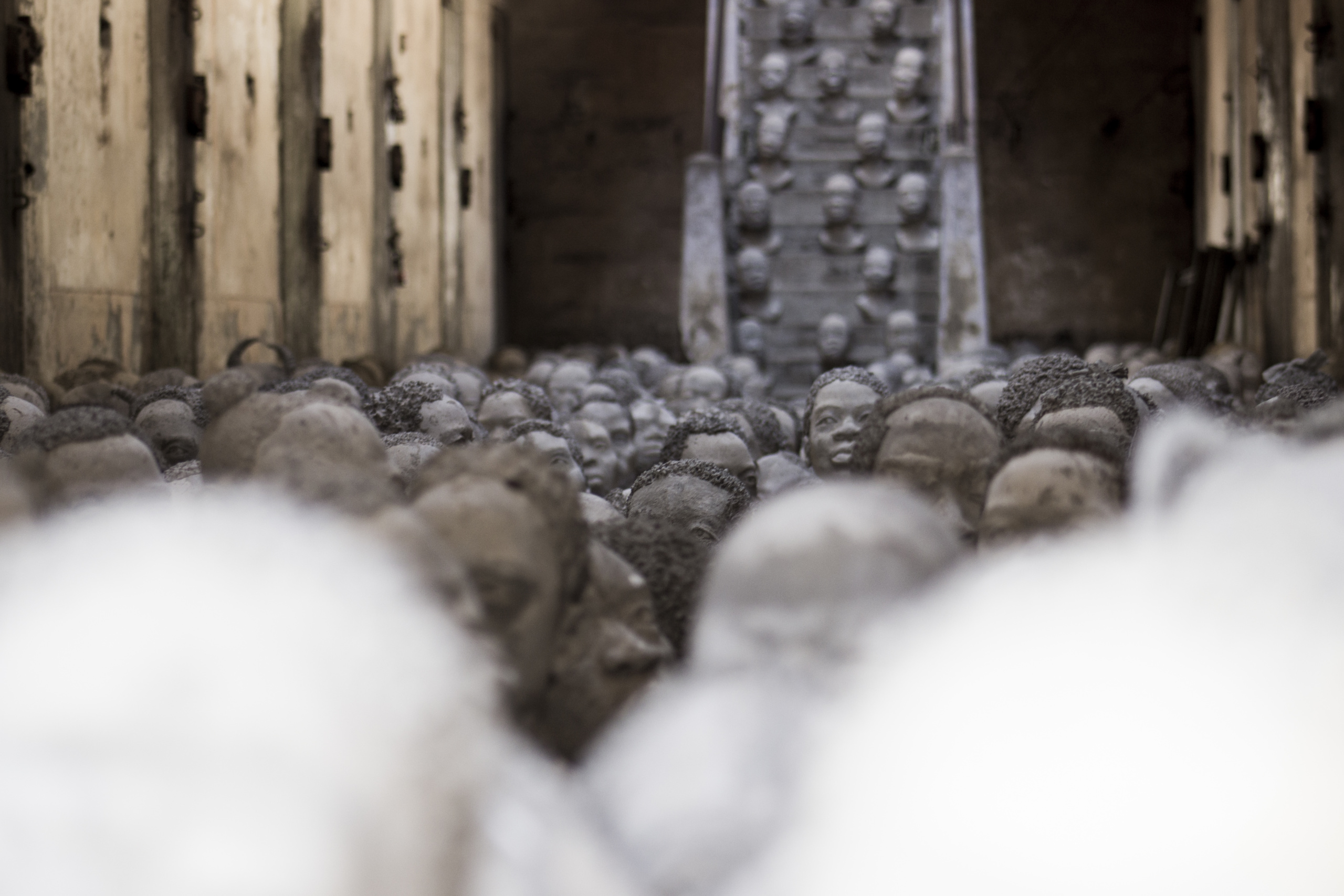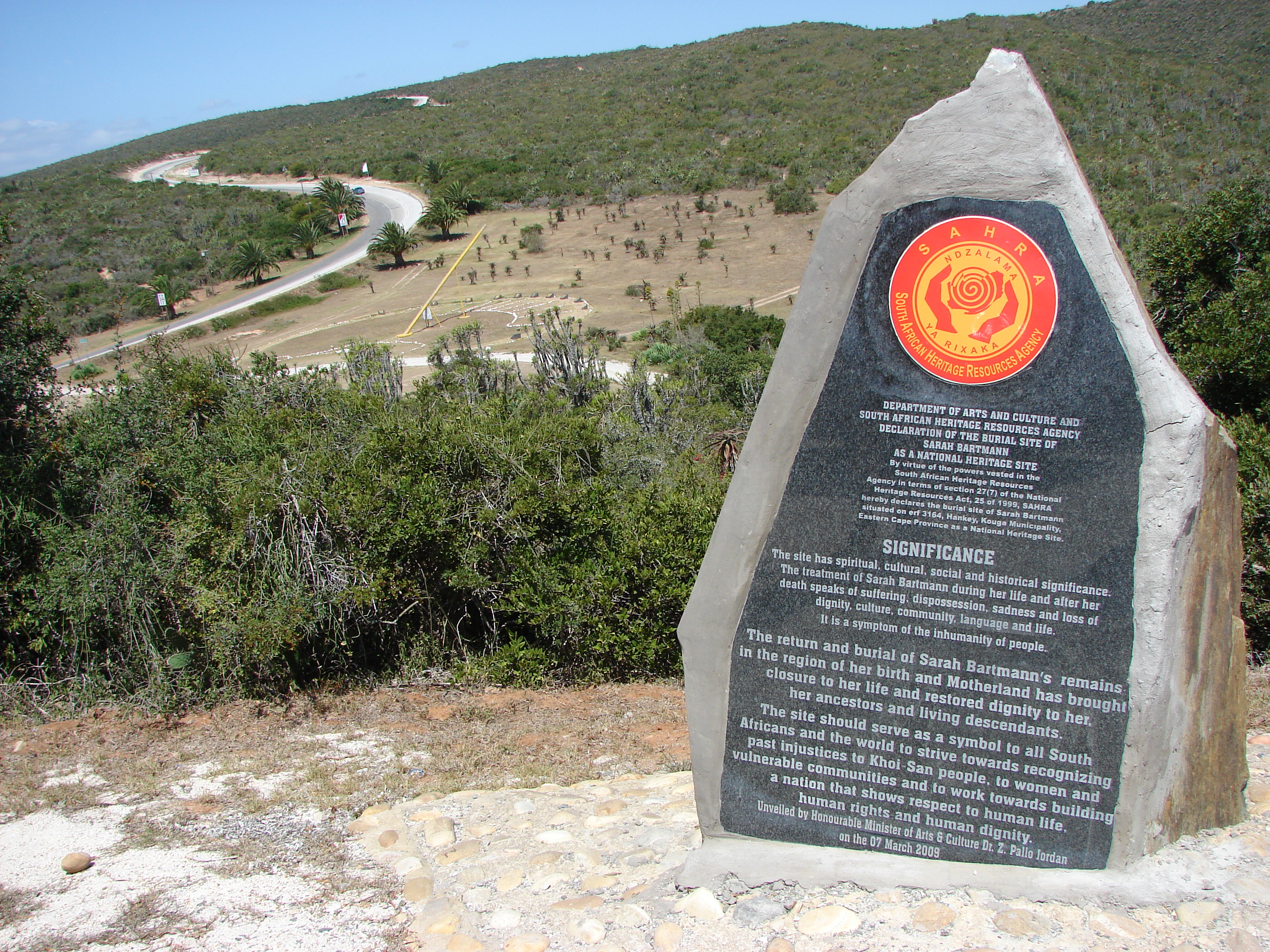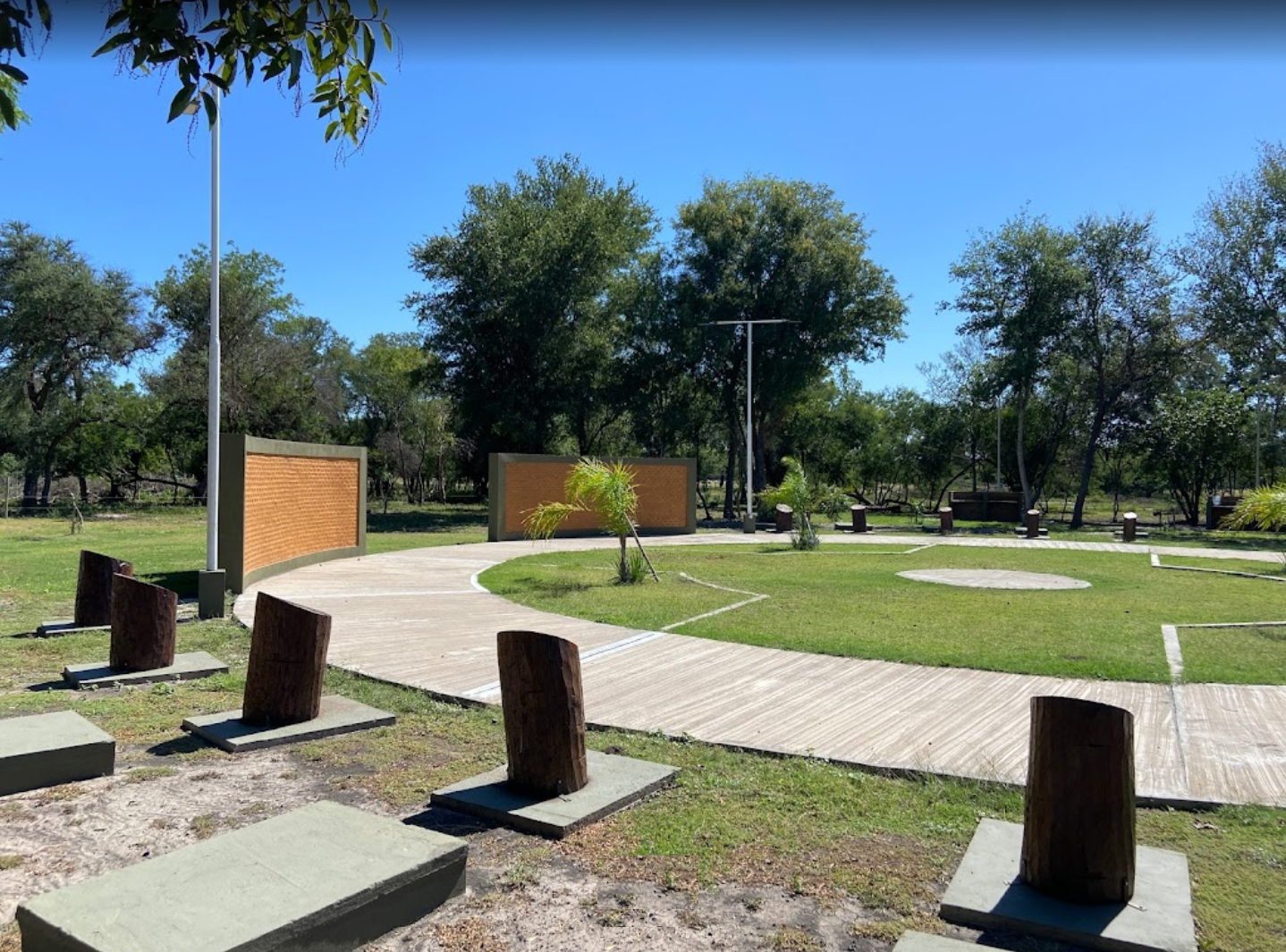Chapel of the Negroes
Site
Theme: Slavery

Address
Juan Domingo Perón and Venezuela streets corner
Country
Argentina
City
Chascomús
Continent
America
Theme: Slavery
Purpose of Memory
To make visible the presence of the Afro-descendant community in the past and present of Argentina
Public Access
Free
UNESCO Connection
Incorporated as a site of memory in UNESCO's "The Slave Route" project in 2001.
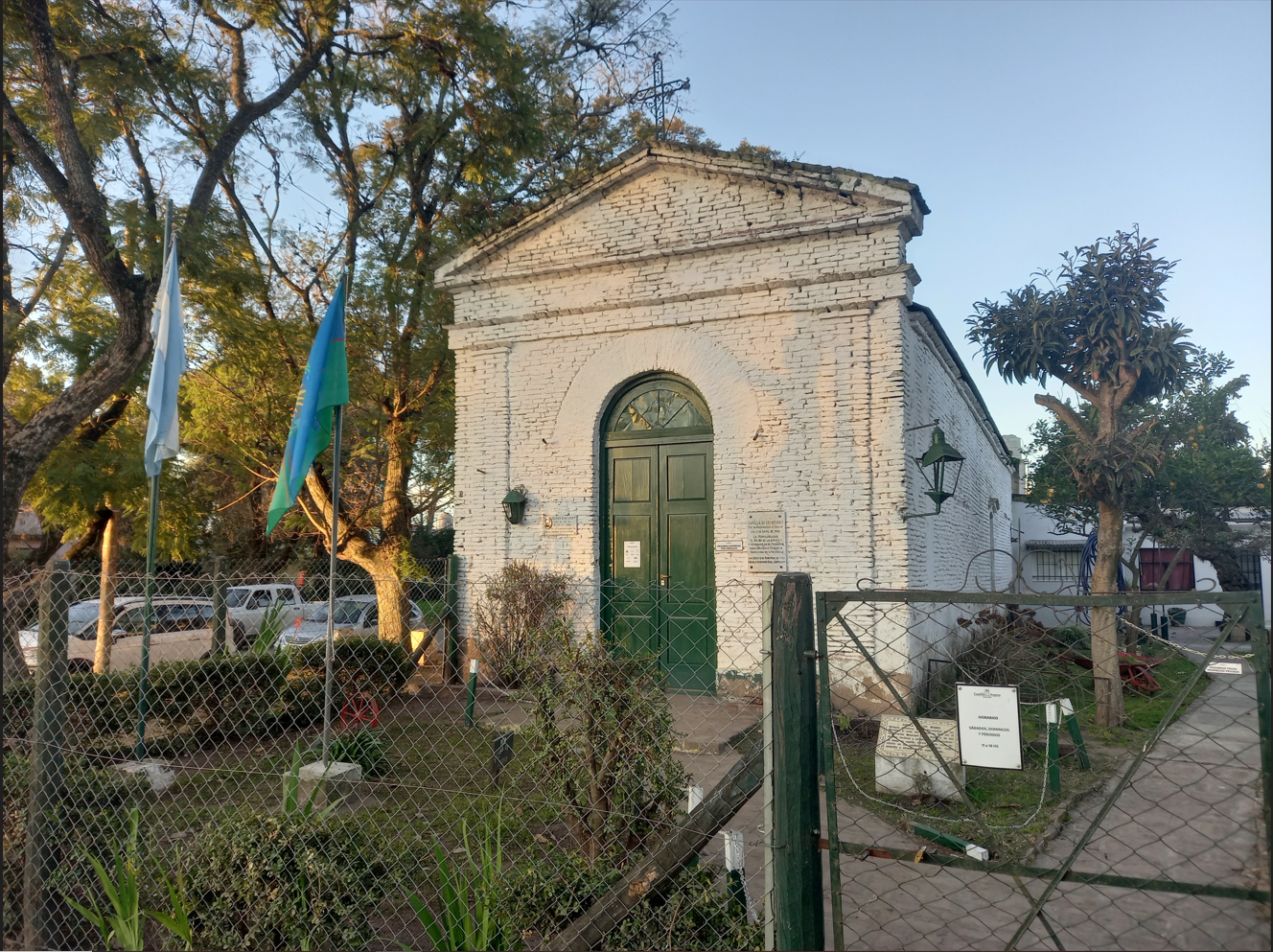
Location description
The Chapel of the Negroes is located in Chascomús, Buenos Aires province. It is a rectangular building without exterior plastering, with adobe walls painted white on the inside, a corrugated sheet metal roof, dirt floor, green windows and doors, baseboards, an image of the dark-haired Virgin of the Miracles, a cross, an altar to the Rosary Virgin, and other figures.
Although the Chapel does not celebrate mass because it is not recognized by the ecclesiastical authorities, it is a popular religious site where visitors of any religious affiliation deposit offerings, images, candles, photos, bracelets, rosaries and flowers. Figures of Catholic saints, Afro-American deities, non-canonized popular saints, historical figures and images of various creeds coexist in the chapel. Inside there are also press releases and portraits of Doña Eloísa Soler, great-granddaughter of the chapel’s first caretaker, who opened the doors of the site to the public.
From the 16th to the 19th centuries, the slave trade was part of the “triangular trade” that connected Europe, Africa, and the Americas through the exchange of goods, human beings, and raw materials. Enslaved people were captured, bought and/or traded for items of little value to be sold in America for sugar, cotton, tobacco, coffee, lumber, gold, silver, and other precious metals.
Buenos Aires was a place of reception and transit of enslaved people to Potosí, El Callao, Asunción, Valparaíso, Santiago de Chile, Santa Fe, Corrientes, Tucumán, Santiago del Estero, Misiones, Córdoba, Salta and Catamarca. There, men and women from the Congo, Angola and Mozambique disembarked and were sold as “black muzzles”. Their owners gave them names and even their own surnames to indicate that they belonged to them and forced them to convert to Christianity through baptism. The men were assigned to domestic tasks, workshops, trades, shops, churches and militias while the women were laundresses, cooks, servants and sexual slaves.
At the end of the 18th century, the land bordering the Chascomús Lagoon began to be populated with ranches due to the creation of a fort for the territories’ defense and “the fight against the Indians”. Many of these early homes were built by blacks. In the middle of the 19th century, already as freed blacks, they continued to perform domestic work for settled families. Although in 1813 the freedom of slaves’ newborns and of all enslaved persons who set foot on Argentine soil was decreed, the abolition of slavery was only declared in the Argentine Constitution of 1853 and was implemented in the province of Buenos Aires after 1861.
In this context, the black community of Chascomús, organized as the “Nueva Hermandad de Morenos Bayonbé de Invenza”, requested in 1861 a permit from the authorities to build a “room for the souls and other objects essential to our festive rejoicings” and was granted a piece of land. A year later, the Chapel was built there, and quickly became a place for meeting, dancing, partying and worshipping in a religious and social sense for the Afro-descendant community. The Chapel also served as a space for caring for the sick during the cholera epidemic in 1868 and the yellow fever outbreak in 1871.
In Argentina, the construction of a predominantly European identity meant the ideological invisibility of the African presence or its stereotyped association with a colonial past and slavery. From this place, structural racism has denied and foreignized an Argentine Afro-descendant community that is estimated, according to community statistics, at more than two million people.
The Chapel of the Negroes combines the tangible and intangible heritage of the Afro-descendant community, evidencing its physical and symbolic presence. There, the ties, traditions, beliefs and identities of the Afro-descendant community and its history were and are preserved. Even for those born in Argentina and particularly for those who reside in the Barrio del Tambor de Chascomús where the Afro-descendant community is concentrated, the Chapel is a site associated with maintaining the memory of the African community in Argentina. The community actively participates in the site and even rebuilt it with the help of the municipality when it was damaged by a storm in 1950. On that occasion they replaced the thatched roofs with corrugated iron, painted windows and doors green, and placed baseboards, a cross and an altar for the Rosary Virgin.
Since its creation, the site has been cared for from generation to generation by an Afro-descendant family. In 1862 it began being cared for by Luciano Soler, who was later succeeded by his daughter Etelvina. Later Eloísa, Luciano’s granddaughter, took care of it for more than 80 years. Eloísa took the decision to open the doors of the Chapel to the public with the intention of showing the history and culture of her ancestors. Since then, visitors began to visit it and leave offerings and turned it into a religious space for prayer, veneration and popular worship. When Eloísa passed away, her son Antonio Luis took over the care of the Chapel until 2015, when he handed over that tadsk to Eloísa’s grandchildren. Soledad, Eloísa’s granddaughter, currently conducts guided tours and the chapel continues to be an Afro meeting place where religious, artistic and political events are held.
The Chapel was named a National Historic Site in 1962 and a Provincial Historic Site in 1992. In 2011 it was named a Historic Site of Memory of the Slave Route in the Río de la Plata and finally in 2021 it was incorporated as a site of memory in UNESCO’s “The Slave Route” project.

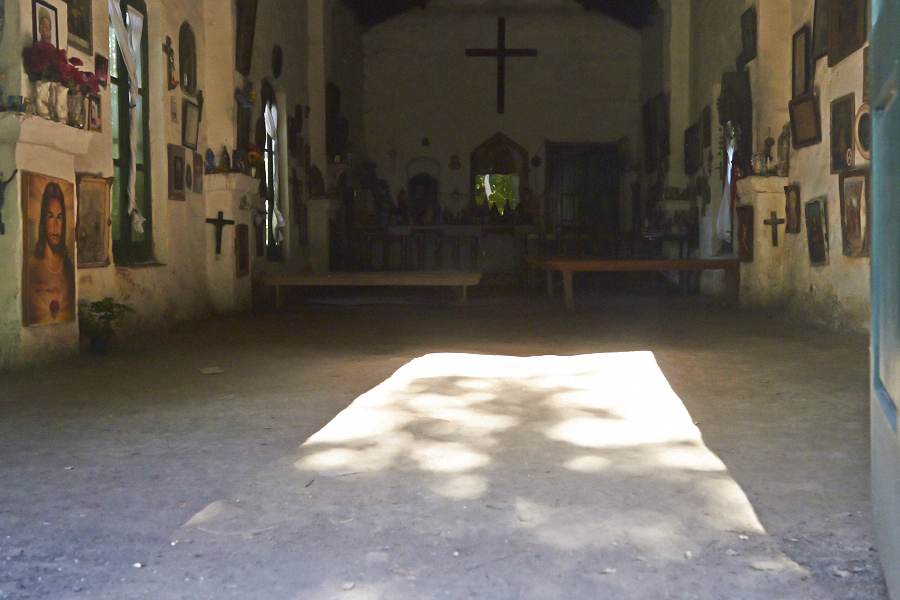
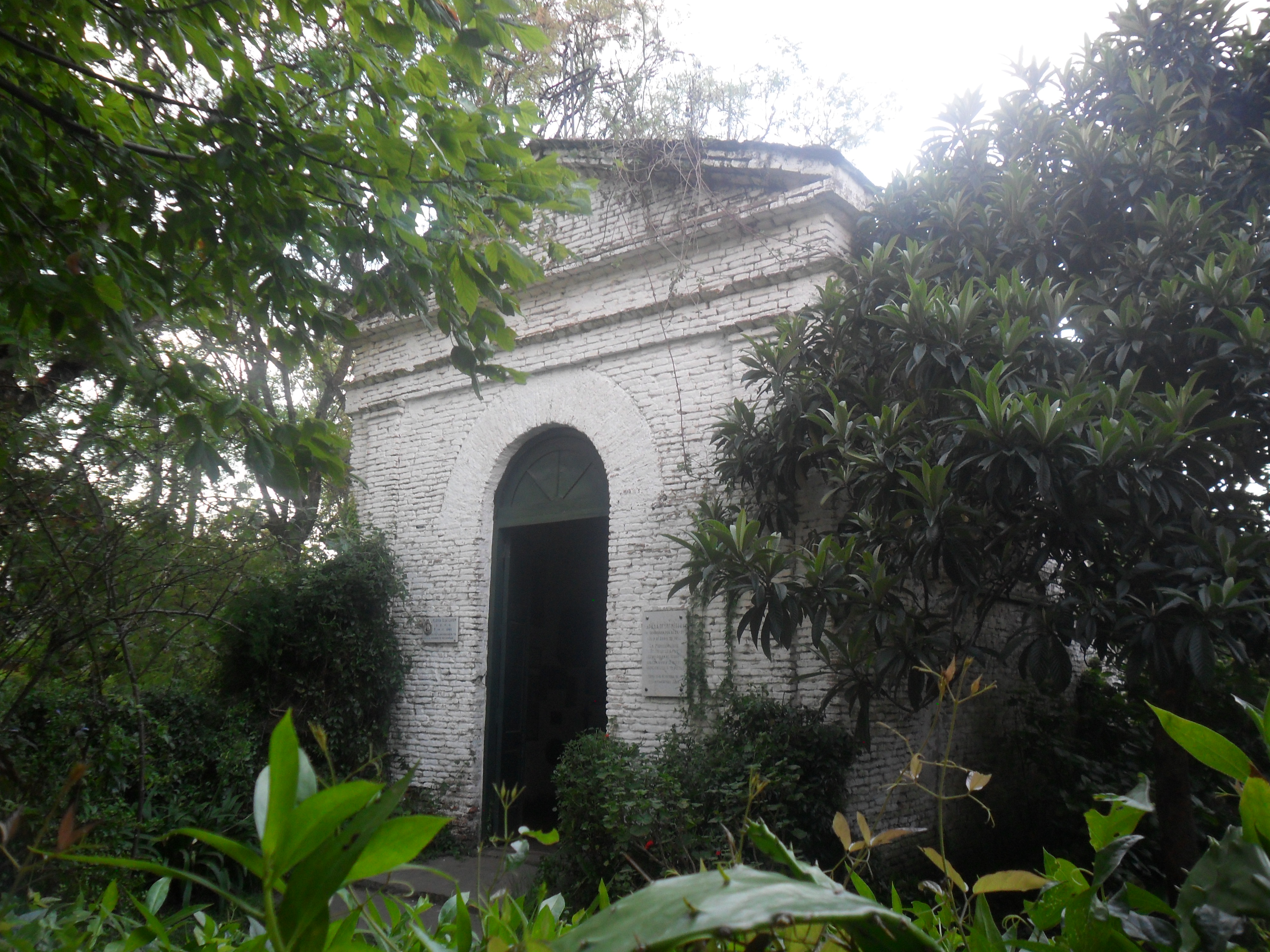
Organization in Charge - Main Referent
Luis family. Soledad Luis (tourist guide of African Argentinian descent)
Facebook group. Fan Page